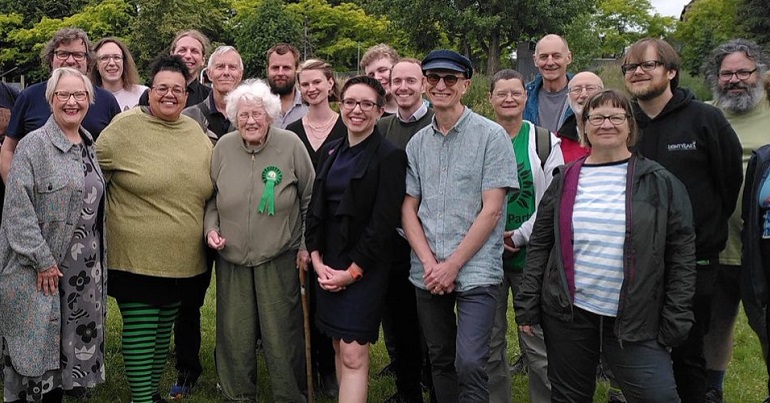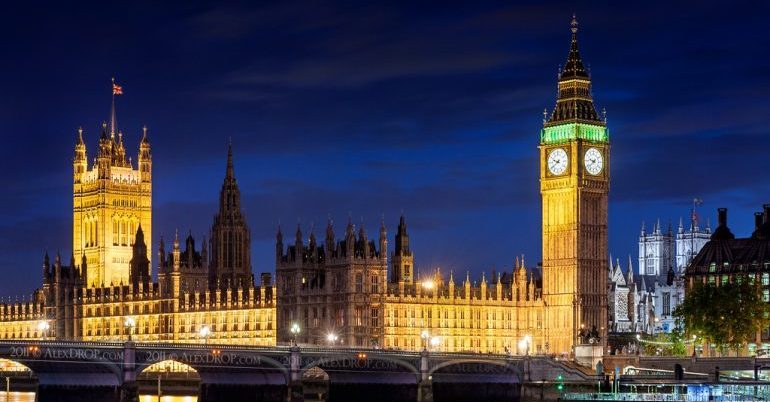Bring it: on violence, vandalism, and March 26
This piece first appeared on The Topsoil
My politics have changed radically over the last year. This time last year I was hostile to anarchism, now I’d be more comfortable calling myself an anarchist than a socialist. That’s because I’ve met many intelligent, committed and open-minded anarchists, because I’ve seen how well consensus-based decision making can work, and that efforts to organise non-hierarchically can be both more empowering and more effective than the alternatives. I took part, from early Autumn last year to the end of the year, in genuinely transformative actions and conversations, and I did a lot of thinking. And then I got lazy.
I’ve just been jolted painfully out of that laziness. Two people who I have a lot of respect for have recently voiced their discomfort with the apparent acceptance of violence in various anti-cuts groups. One of them did so in a blog post on whether the networked structure of UK Uncut really means that we can’t “condemn violence”. The other was an anti-racism campaigner whose work I’ve admired for a long time and who I spoke to on the phone about this. She was worried about some anti-cuts and anarchist groups attending a particular event because of the property damage by the Black Bloc on the 26th and the subsequent failure of UK Uncut to condemn it.
Neither of these people is confused about what happened. They don’t think that UK Uncut were smashing up shops, nor that smashing up shops is like breaking noses, nor that all anarchists throw tables at shops and wear masks. They are both intelligent experienced people who know very well how to interpret distorted media accounts. Something has clearly gone awry.
I think maybe part of what’s happened is that we perfected our statements on “violence” a bit too well after Millbank. What was true of smashed windows of the Conservative HQ is not true of the smashed windows on Piccadilly. In Piccadilly it actually was a minority, they were separate from the march, and from various first hand accounts that I’ve heard members of the Black Bloc were aggressive to journalists and to shop keepers. It goes deeper than that though. When I saw the Black Bloc walking down Piccadilly I felt a real surge of emotion. I felt joy at seeing such a strong looking band of people who were on our side. I’ve spent so long feeling powerless and disheartened in the face of the government’s attacks on everything that I care about, that seeing such a tangible display of strength gave me a brief but powerful sense of relief. I didn’t feel threatened by them because I’ve met people who take part in such tactics, and liked them as individuals. But there were many other people, including kids, who had no idea what was going on, who just saw an army of people masked and with sticks. That’s terrifying stuff, I’m sure it gave a number of children nightmares. And in retrospect I’m very disturbed by my own emotional reaction. We’re not going to win justice by might and I wouldn’t want to if we could. I don’t like armies, I don’t like anonymous displays of force, I don’t like implicit threats of violence. How is it consistent to feel sickened by the sight of police or soldiers with guns, but uplifted by masked-up people with sticks?
The cuts will kill some people, and hurt many more, and the Black Bloc didn’t harm anyone. I’m not denying that. But that’s not really the point. The way that the media present events is part of the landscape that we’ve got to work with, we can’t just pretend it away. And how we appear to other people face to face on the street is part of that landscape too. Clothing and actions can mean things just as clearly as words can. I’ve heard some people argue that we just need to ‘educate’ the masses about the distinction between property damage and violence, and about why so many people chose to wear masks. Well, I don’t think we have time, and I doubt they do either. And anyway maybe people are well aware that a window doesn’t have a central nervous system, but still think that if there’s someone standing just the other side of it shaking in fear then breaking it is an act of violence. A number of blog posts that I’ve read about the 26th which defend Black Bloc tactics have drifted very quickly into rather abstruse and academic language. I think that reflects an elitist way of looking at things that it’s very easy (for some of us) to slip into. And going on about how great our networked way of organising is, and how it means we can’t have an opinion or answer a question, is a similar use of cleverness to avoid having to think. Defending violence, refusing to condemn it, changing the subject, all of them seem to require rather specialist concepts and language, and that’s never a good sign.
So, having been forced to think (thank you Stuart and T), here are my first thoughts: I’m just one individual, who’s been involved in UK Uncut and student and local campaigning and I don’t speak for anyone else, but I hope that other people that I campaign with do agree with me. I think that the use of the Black Bloc tactic on the 26th was inherently aggressive. I think that the vandalism of shops in Piccadilly was not just tactically but morally wrong. I don’t think that all property damage is violent, but I think that it can be, when you’re doing it in a way that scares reasonable people.
I’m not “condemning” people. For one thing the word has just become ridiculous now. But more importantly it would be hypocritical of me, so I do really hope that no one feels that I am personally attacking them. I’m just thinking aloud here about things that I think we do need to think about. As I said, I enjoyed seeing the Black Bloc. And I liked seeing Topshop covered in paint and the photos of the Ritz. I think that’s natural, but that doesn’t mean I don’t have any choice over what I think about those actions now or how I react to similar scenes in future. I still get quite a kick out of some war films, but that doesn’t mean I support wars. Peaceful (non-vandalistic!) direct action has the support of the public. Families and children have taken part in some of UK Uncut’s best and most creative actions. Let’s as a movement leave scaring people to the police and try and build a culture of solidarity with the majority of people, with people from religious groups, grassroot and community groups, and trade union activists. That culture needs to be an openly and proudly peaceful one.




As a disabled person, and a “Catholic Anarchist” I do NOT believe in reacting to the violence of the “State” with violence….. I also believe in the “State” has only one serious means of control, that is violence….
This was true in Christs time and it is true now, many people would have you believe that anarchism is about VIOLENCE???????????? NOT True, Christian anarchism is about personal responsibility for yourself and your neighbour… As well as apposing all state sponsored violence….whether that be the promotion of “Euthanasia” or Israeli drones!!!!
You cannot change the world unless we change the way we relate to each other, non violence in is not the easy way to go, every Anarchist has a different and varied view of “Anarchism” the one unifying stream is the view that any form of anarchism does rely on self governance of oneself and community….
Naturally anarchism is imperfect because in modern society we are all conditioned to believe those in power “Care????????”
The reality is government policy is largely dictated by shareholders in “Multi Nationals… So any type of democracy that did exist in the last century is now obsolete!
Anarchy is also about”Daring to Dream”…. and all politicians have lost that ability, because they are governed by the mistaken belief that they are the only answer to the worlds problems!!!!!